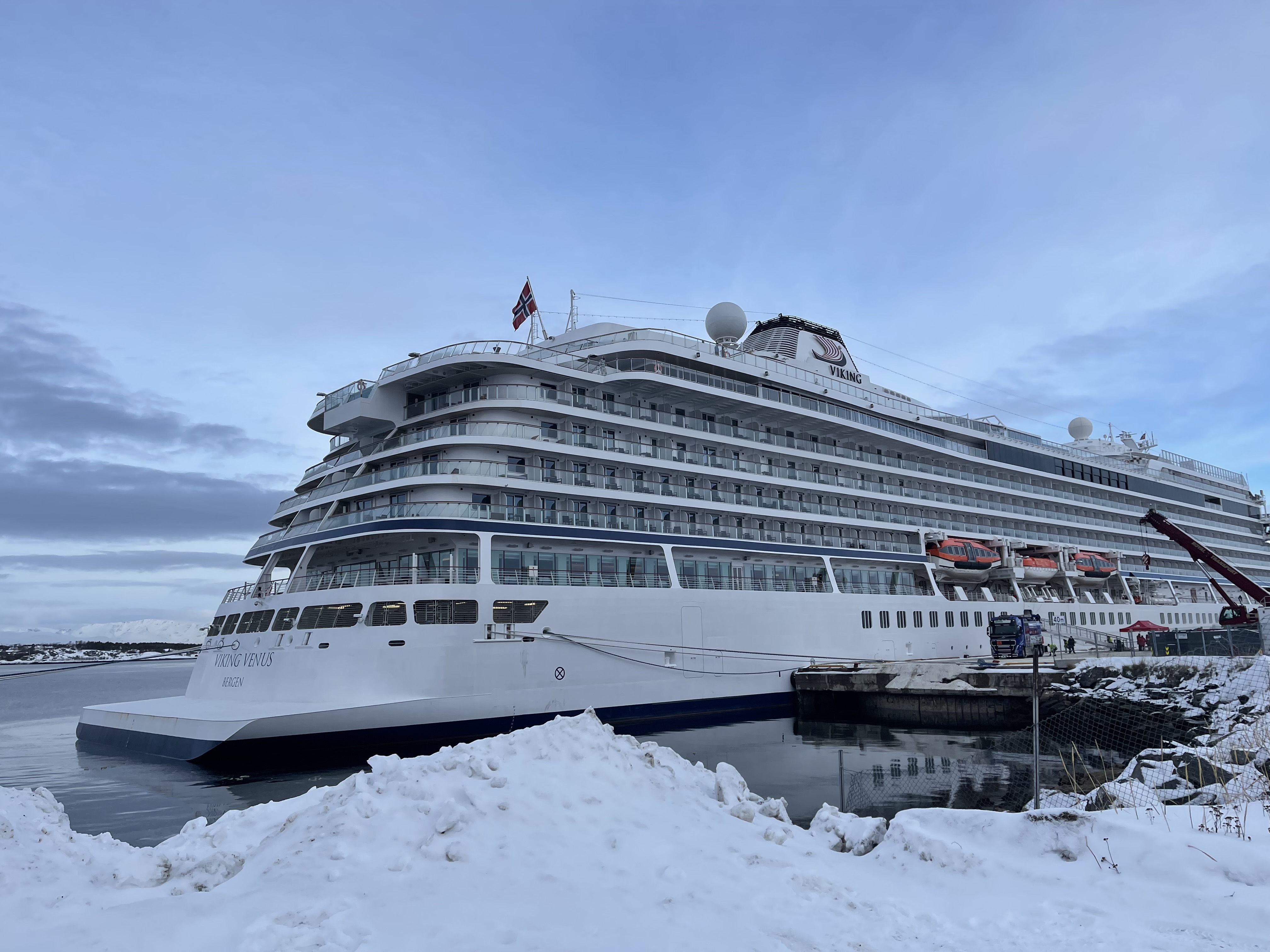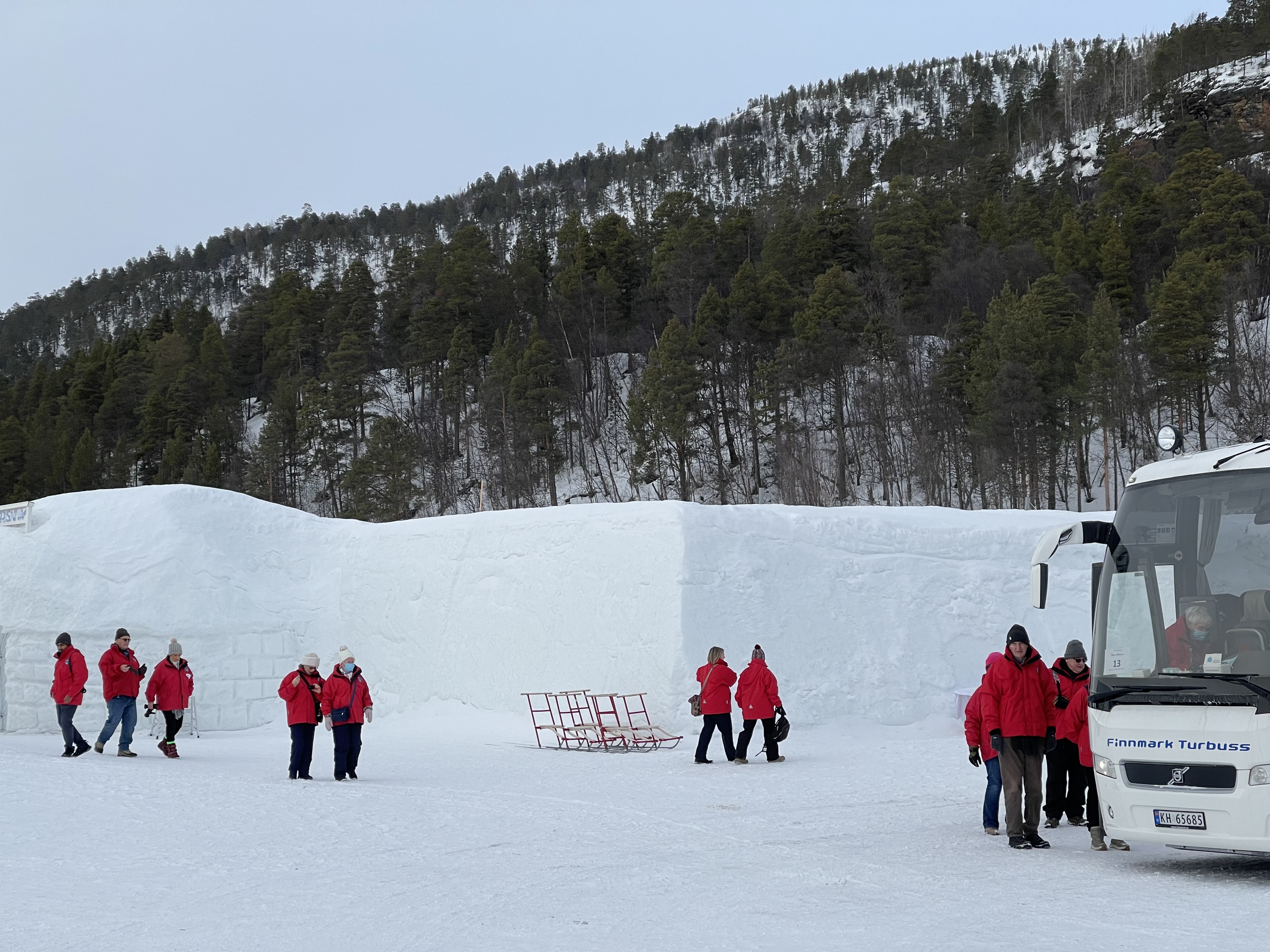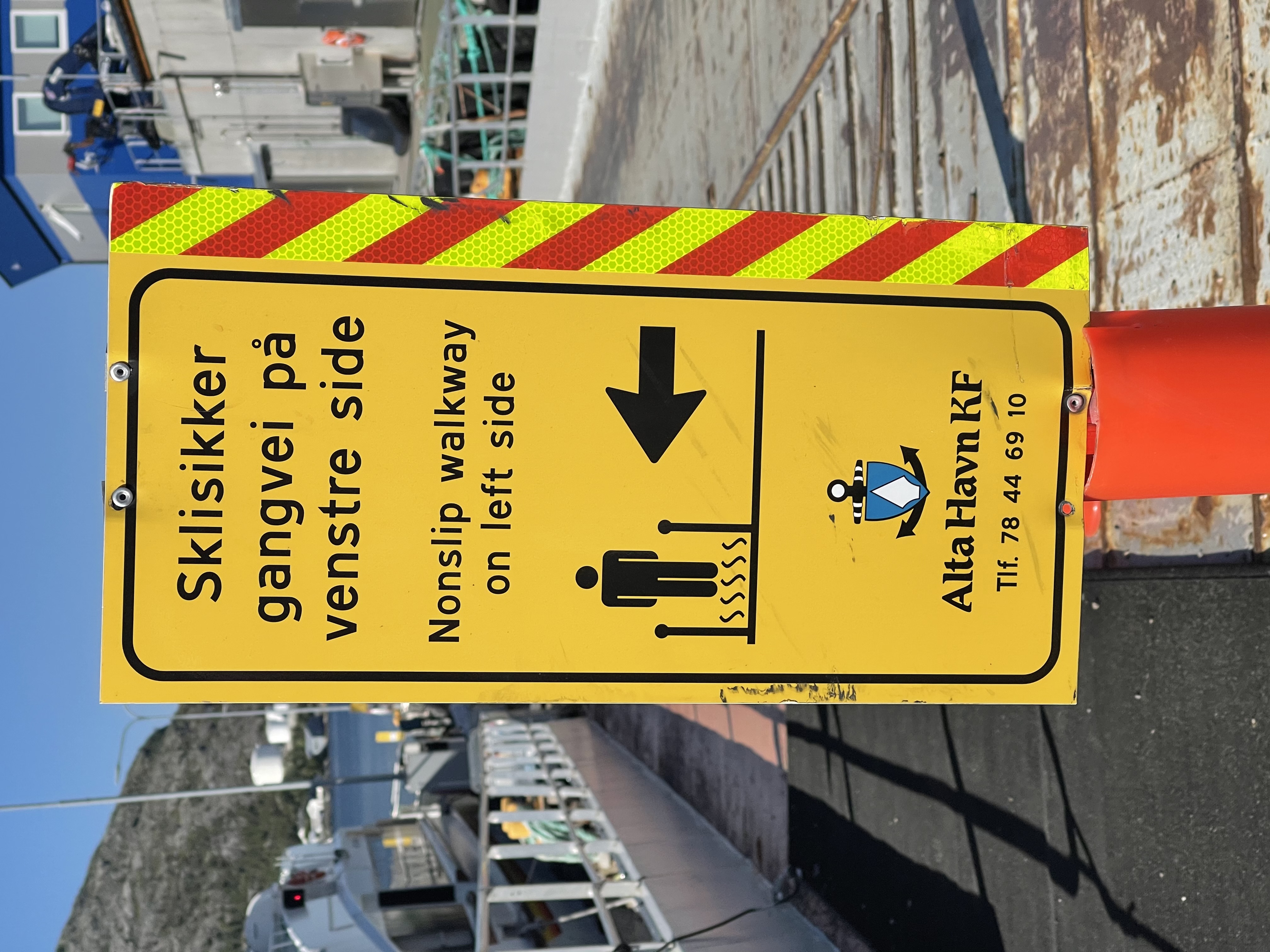Appreciating the value of cruise tourists
“We need to focus on rebuilding with a positive mindset and a clear understanding of how we want to operate going forward”

Case area
The municipality and town of Alta are located in Northern Norway, specifically in Troms and Finnmark County. It is the most populous municipality of that region, with a population of around 21,300. Alta offers a diverse range of activities that can be nature-based, culture-based, or a combination of both. The opportunity to witness the Northern Lights and experience the Arctic winter through activities like dogsledding and snow scooter trips, are key attractions in the Alta area
Cruise situation
With Alta renowned for its winter experiences, cruise tourism primarily spans from January to April, the winter season. During these months Alta is a popular destination for land-based tourism as well, and the influx of numerous tourists via land, sea and air leads to an excessive workload in the tourism industry during the winter season. Yet, there are relatively fewer cruise tourists coming to Alta compared to other harbors in Northern Norway, such as Tromsø and North Cape.
The town of Alta has demonstrated willingness to embrace cruise tourism and welcome cruise guests to their community. Nevertheless, given the destination’s dedication to achieving the Sustainable Destination certification, the paramount concern for the future revolves around sustainable development. As a result, the local community is actively trying to gain control over the coordination of cruise tourism.
Case issues
The quay and disembarking area were not originally designed to accommodate passengers. As a result, the existing quay facilities are not optimal for cruises. This leads to challenges for both cruise passengers, and people working on the quay like dispatchers and guides. Larger ships have to anchor in the Alta fjord and transport (‘tender’) their passengers to shore. The harbor authority makes sure that the tourists do not come into contact with the industrial harbor activities (such as cargo and fishery). Ideally however, cruise ships should directly dock at a quay, which is much more efficient and cost-effective, as well as less polluting. Therefore, the Alta municipality is planning the construction of a larger quay.
The local community is also very much aware of environmental pollution, and is taking several measures to limit emissions. Tourism operators have implemented price mechanisms to prevent further environmental degradation, and bus operators aim to turn buses off when waiting for tourists more than half an hour. Despite these efforts, cruises are not sustainable for the foreseeable future due to their high fuel consumption and waste production. The community has to further unite in order to actually achieve sustainability goals, and currently the tourism industry is still focused on financially recovering from the corona pandemic.
It is crucial for local providers that Alta offers a good cruise product, because cruise guests become ambassadors for the destination within their networks and on social media. Delivering quality requires investment, and smaller destinations have the advantage of being able to provide a little extra to their guests. However, there is also the issue of uneven distribution of opportunities and profits. A small group of larger, more established providers profit the most, and it is harder for smaller businesses to sell their products.

Local solutions
Efficient cruise tourism waste management presents a local business opportunity that also harmonizes with sustainability goals. Alta’s waste company offers paid sorting services, aligning cruise ship waste with local norms. Ensuring sustainable waste management involves clear industry regulations and transparent communication of handling procedures and costs.
Alta’s tourism providers employ pricing strategies to mitigate environmental impact, exemplified by increased costs for guided hikes. Balancing visitor numbers requires community input on access and fees. The development of comprehensive guidelines for tourist behavior is an ongoing collaborative effort.
Local officials collaborate with the local community to enhance cruise infrastructure and facilities, potentially relying on external investments. The municipality’s partnership with the DMO and Innovation Norway’s sustainability label fosters a shared understanding of sustainability, shaping a greener tourism outlook.
Empowering local providers, both through regulations and collaborative networks, is instrumental in driving sustainable cruise tourism. Strengthened community ties amplify the influence of local demands and ideas, bolstering the resilience and collective growth of Alta’s cruise industry.
Conclusion & Take Away
In Alta, cruise tourism brings economic opportunities to the tourism industry. A portion of tourism entrepreneurs view tourism as an opportunity to work with their passions, such as dogsledding, horseback riding or sharing cultural experiences. The social value of cruise tourism is also significant and greatly appreciated. It serves as a platform for two-way communication and connection, generates employment and attracts new and young residents to the area.
Yet, the mass tourism doesn’t quite align with Alta’s identity. Our research into Alta’s cruise tourism reveals a desire to embrace visitors, while the local community aims for responsible management. Prioritizing the control of tourist numbers and setting appropriate prices are key concerns. Engaging in discussions about the right kind of tourism, spreading visitors throughout the year and practicing sustainability empowers Alta to find common ground among various groups involved. By continually strengthening social ties, Alta aims to ensure that cruise tourism continues to provide economic benefits while minimizing negative impacts, and aims to foster a positive relationship between the local community and cruise tourists.

